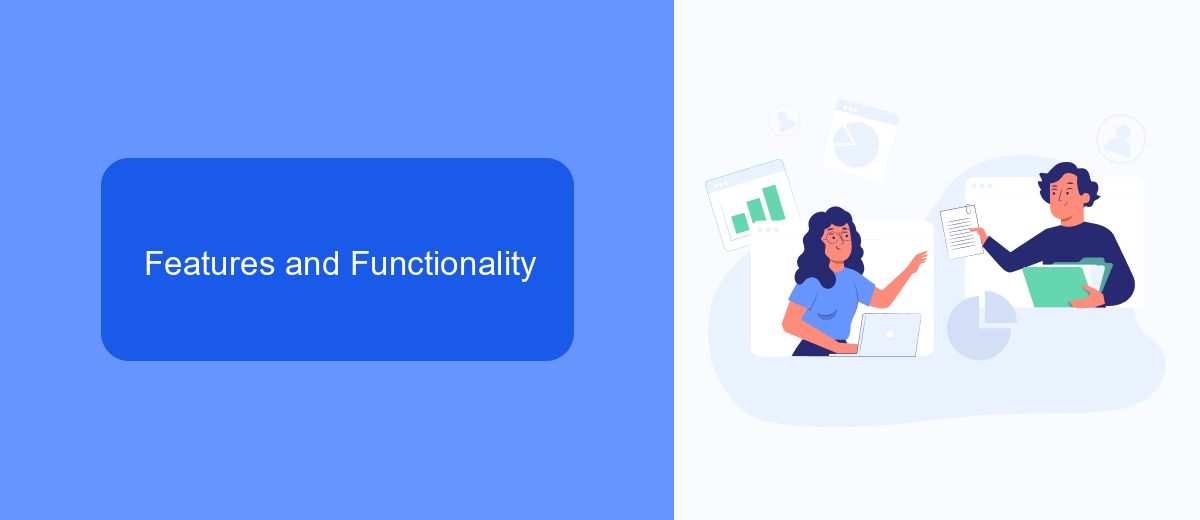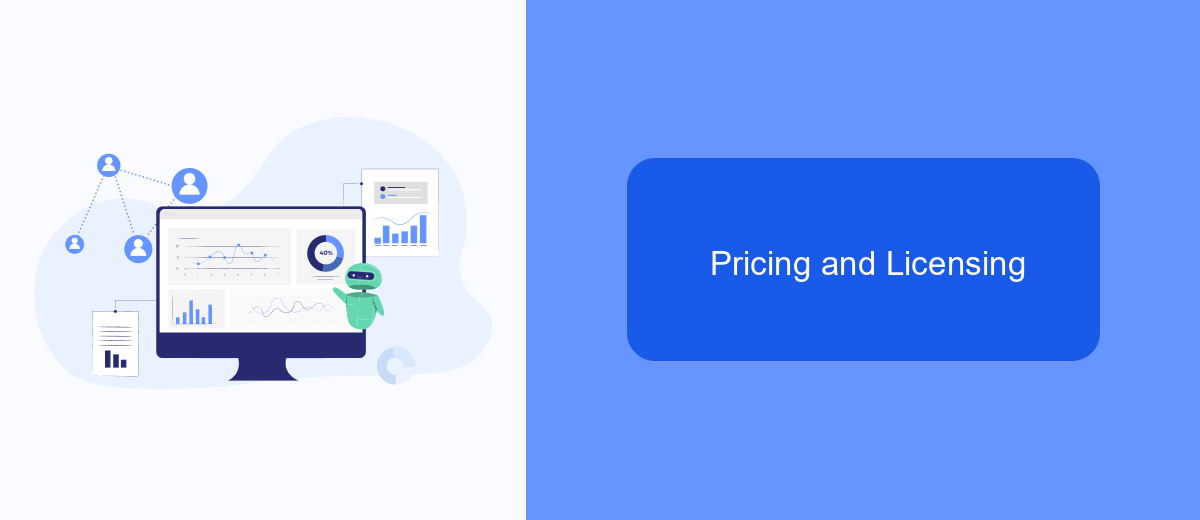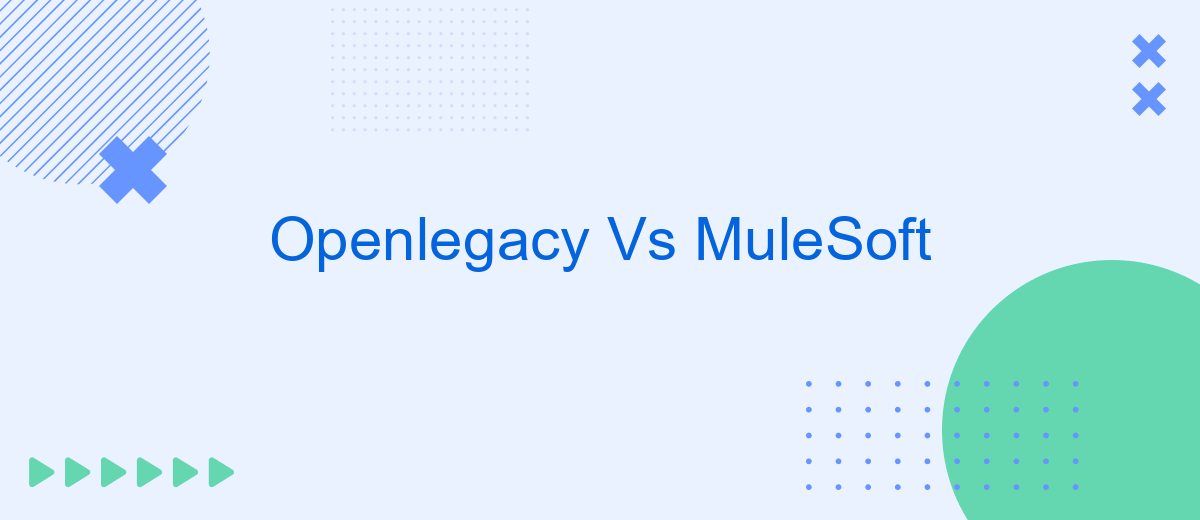In the rapidly evolving landscape of digital transformation, businesses are seeking robust integration solutions to streamline their operations. OpenLegacy and MuleSoft have emerged as leading platforms offering unique capabilities for connecting disparate systems. This article delves into a comparative analysis of OpenLegacy vs MuleSoft, examining their features, strengths, and potential use cases to help organizations make informed decisions.
Introduction
In the rapidly evolving landscape of digital transformation, businesses are constantly seeking efficient ways to integrate various systems and applications. Two prominent solutions in this domain are OpenLegacy and MuleSoft. Both platforms offer unique capabilities to streamline and enhance integration processes, but they cater to different needs and organizational requirements.
- OpenLegacy focuses on leveraging legacy systems and modernizing them for today's digital demands.
- MuleSoft provides a comprehensive integration platform for connecting applications, data, and devices.
- SaveMyLeads simplifies the process of automating lead management by connecting various marketing tools and CRMs.
Understanding the strengths and weaknesses of OpenLegacy and MuleSoft can help organizations make an informed decision about which platform best suits their integration needs. Whether it's modernizing legacy systems with OpenLegacy or utilizing MuleSoft's extensive connectivity options, the right choice can significantly impact business efficiency and agility. Additionally, services like SaveMyLeads can further enhance integration efforts by automating lead management and ensuring seamless data flow across various platforms.
Features and Functionality

OpenLegacy and MuleSoft are both powerful integration platforms, but they offer different features and functionalities tailored to varied business needs. OpenLegacy excels in simplifying the integration of legacy systems, providing tools to easily connect old mainframe and midrange systems to modern applications. It offers a low-code environment that accelerates API creation, making it ideal for enterprises looking to modernize their IT infrastructure without extensive redevelopment efforts.
MuleSoft, on the other hand, is renowned for its comprehensive Anypoint Platform, which supports a wide range of integration scenarios including cloud, on-premises, and hybrid environments. MuleSoft's extensive library of connectors and robust API management capabilities make it a versatile choice for complex integration projects. Additionally, for businesses needing to streamline their lead management processes, services like SaveMyLeads can be integrated with MuleSoft to automate data transfers, ensuring seamless communication between various marketing and sales platforms.
Integration Capabilities

When comparing the integration capabilities of OpenLegacy and MuleSoft, it's essential to understand how each platform facilitates seamless connectivity between various systems and applications. Both solutions offer robust tools for building and managing integrations, but they differ in their approach and features.
- OpenLegacy: Focuses on modernizing legacy systems by creating APIs that can integrate with modern applications. It provides a low-code environment for rapid API development and supports various protocols and data formats.
- MuleSoft: Offers a comprehensive integration platform with Anypoint Platform, which includes design, deployment, and management tools for APIs and integrations. It supports a wide range of connectors and pre-built templates to streamline the integration process.
- SaveMyLeads: This service simplifies the integration process by automating data transfers between different applications, reducing the need for manual setup and coding. It's particularly useful for businesses looking to quickly connect their CRM, marketing, and other business tools.
In summary, OpenLegacy excels in transforming legacy systems into modern APIs, making it ideal for organizations with outdated infrastructure. MuleSoft provides a versatile, all-encompassing platform suitable for complex integration needs. SaveMyLeads offers a user-friendly solution for automating data flows between various applications, enhancing overall efficiency. Each platform brings unique strengths to the table, making them suitable for different business requirements.
Pricing and Licensing

When it comes to pricing and licensing, both Openlegacy and MuleSoft offer different models tailored to various business needs. Openlegacy provides a flexible pricing structure based on the number of APIs and the complexity of integrations. This allows businesses to scale their costs according to their usage and requirements.
MuleSoft, on the other hand, offers a more standardized pricing model that includes subscription-based plans. These plans are often categorized by the number of users and the level of support provided, making it easier for businesses to predict their expenses.
- Openlegacy: Flexible pricing based on APIs and integration complexity
- MuleSoft: Subscription-based plans categorized by user count and support level
Both platforms aim to provide cost-effective solutions for enterprise integration, but the choice between them may depend on the specific needs and budget of the organization. For businesses looking for additional integration support, services like SaveMyLeads can further streamline the process, offering automated workflows that reduce manual effort and operational costs.
Conclusion
In conclusion, both OpenLegacy and MuleSoft offer robust solutions for integration needs, each with its own set of strengths. OpenLegacy excels in simplifying the integration of legacy systems with modern applications, making it an excellent choice for enterprises looking to modernize without overhauling their entire IT infrastructure. On the other hand, MuleSoft provides a comprehensive integration platform that supports a wide range of use cases, from API management to data integration, catering to businesses with diverse integration requirements.
When choosing between OpenLegacy and MuleSoft, it's essential to consider your specific needs and existing IT landscape. Additionally, services like SaveMyLeads can further streamline your integration processes by automating data transfers and ensuring seamless connectivity between various applications. By leveraging the right tools and services, businesses can achieve efficient and scalable integrations, ultimately driving greater operational efficiency and innovation.


FAQ
What are the primary differences between OpenLegacy and MuleSoft?
Which platform is better for integrating legacy systems?
How does the learning curve compare between OpenLegacy and MuleSoft?
Can both platforms be used for real-time data integration?
What are the options for automating integrations with these platforms?
Don't waste another minute manually transferring leads from Facebook to other systems. SaveMyLeads is a simple and effective tool that will allow you to automate this process so that you don't have to spend time on the routine. Try SaveMyLeads features, make sure that this tool will relieve your employees and after 5 minutes of settings your business will start working faster.
